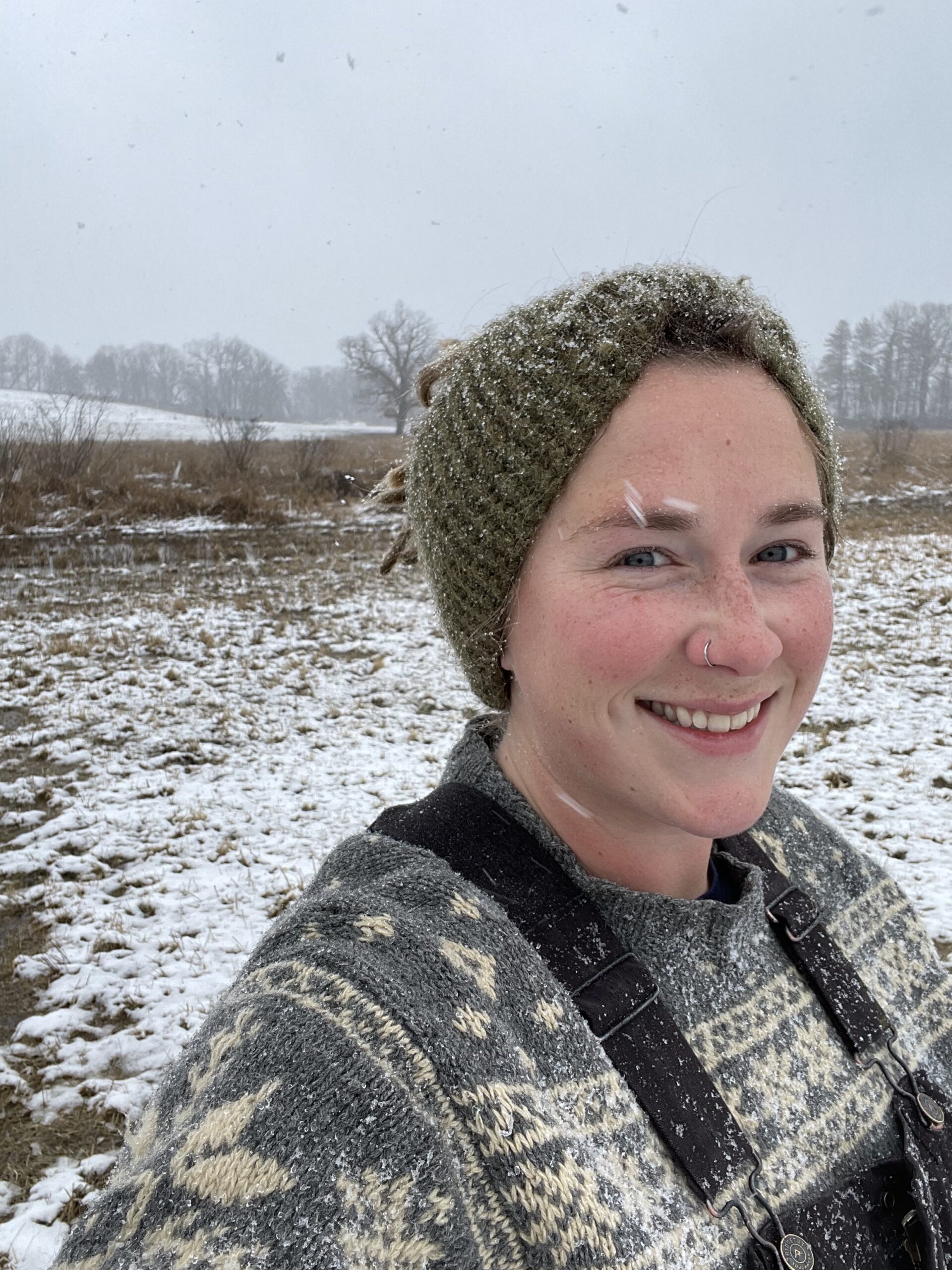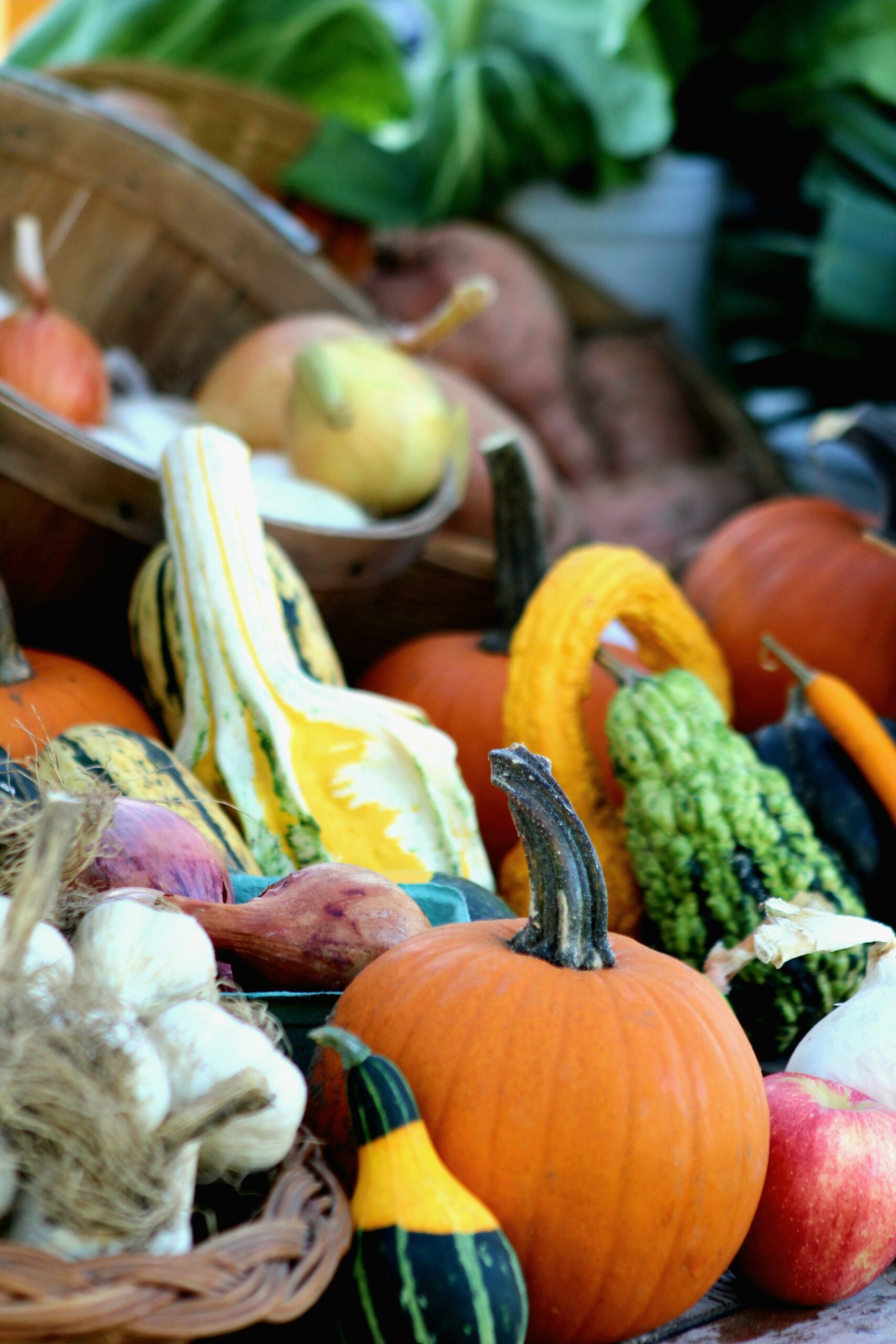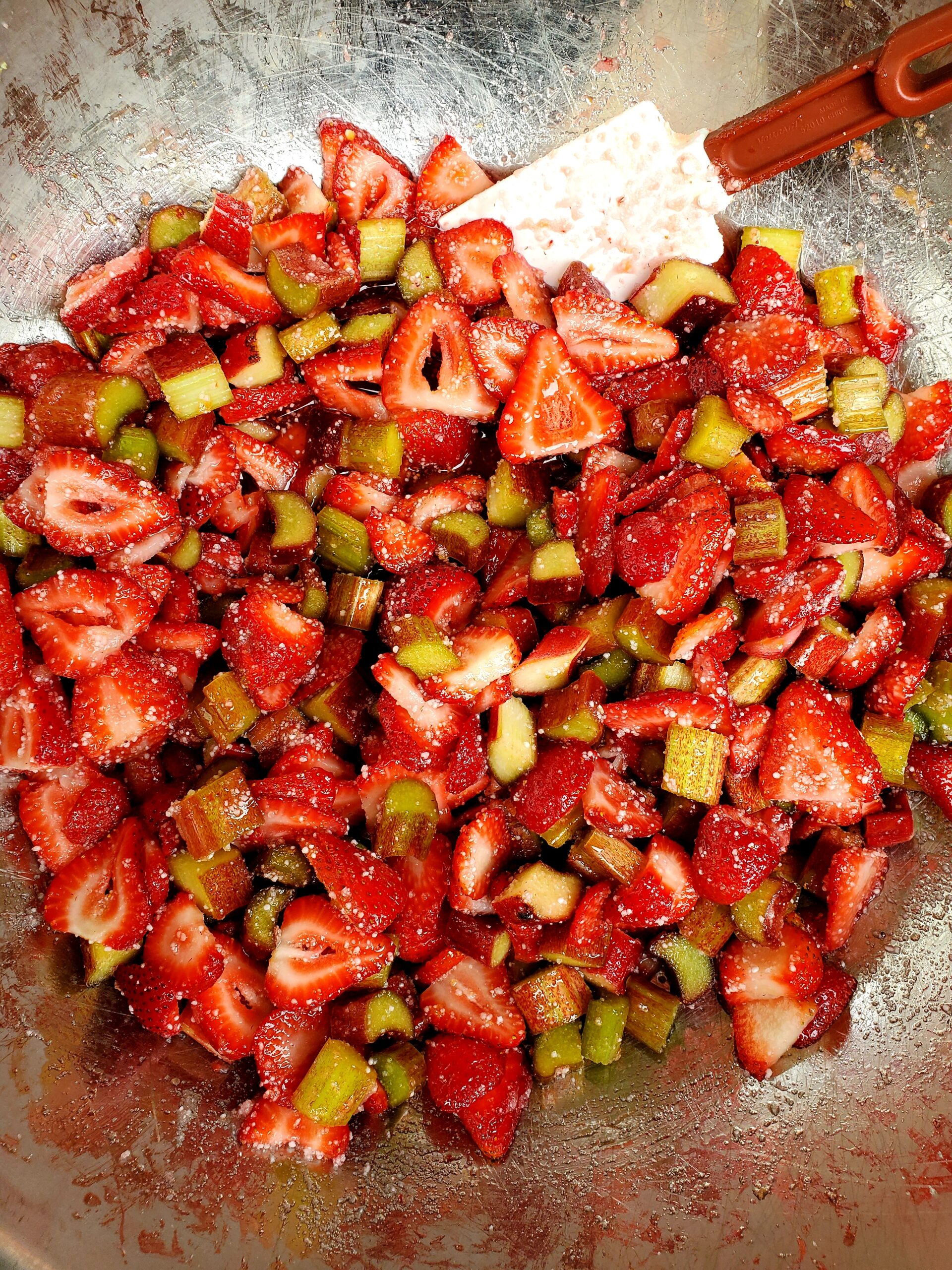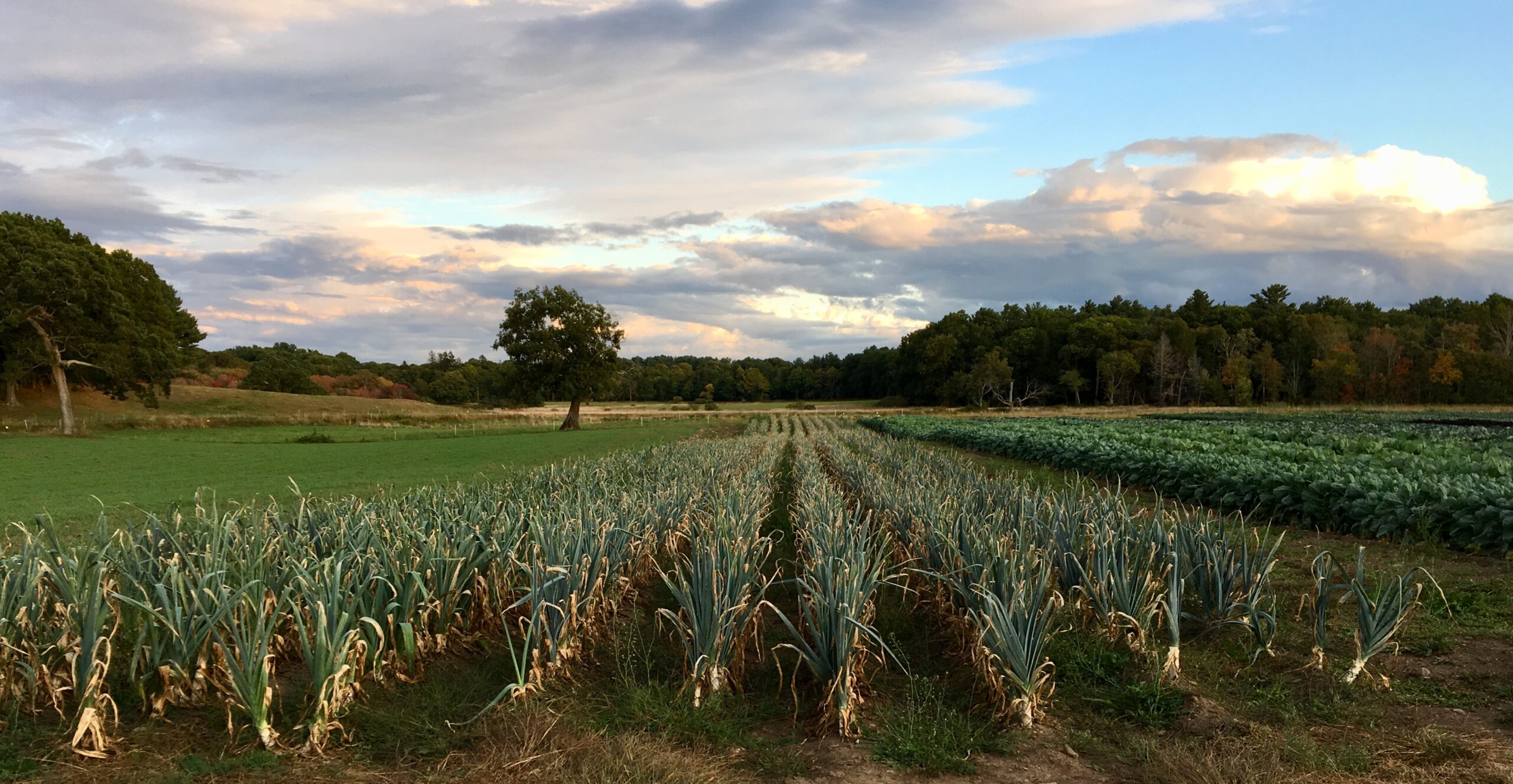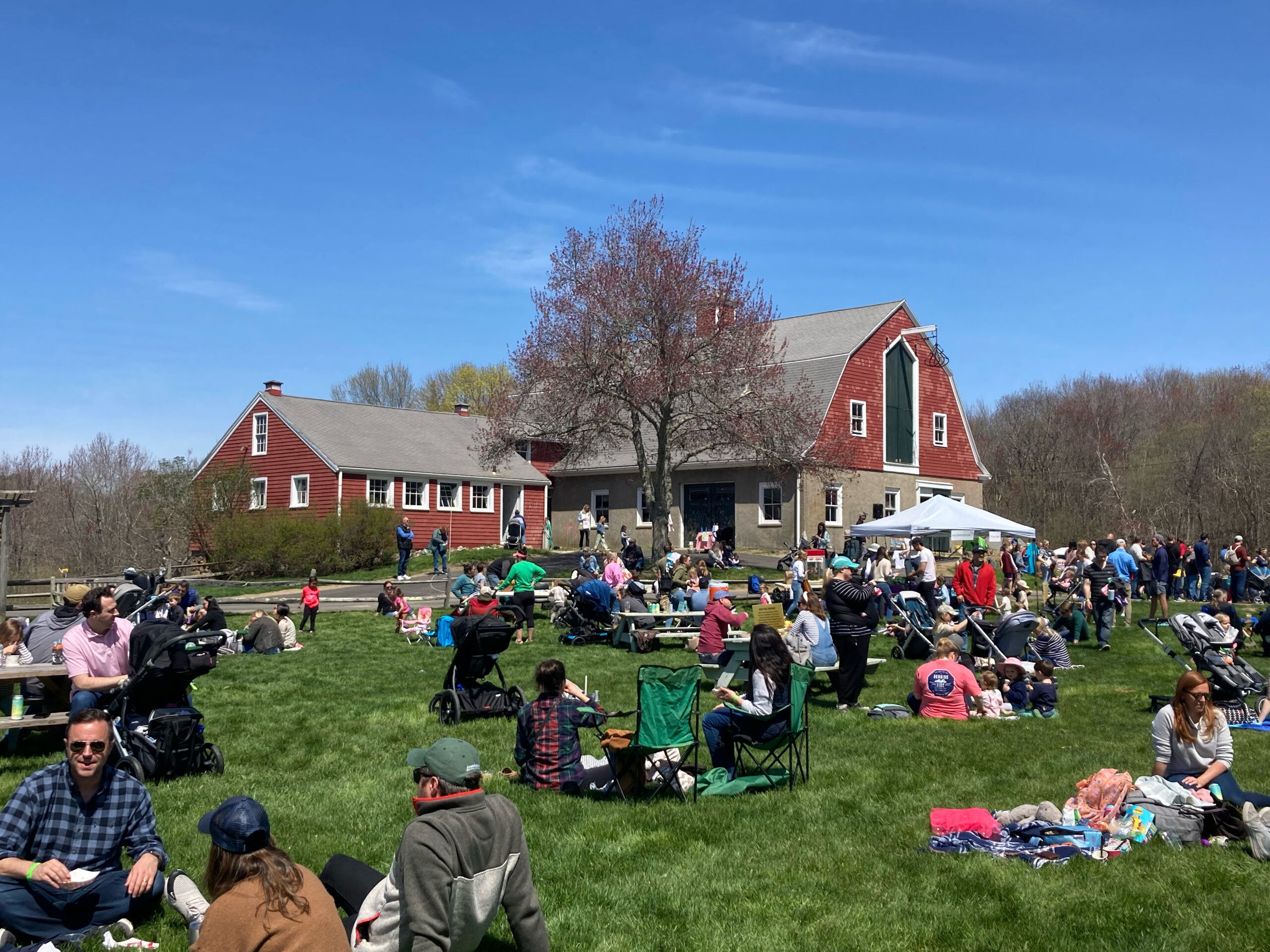How did you get into this kind of work?
When I was a kid we had a few goats, a small family farm kind of thing. We did 4-H and all the shows and we bred and milked and had kids every spring, so that was always a part of my childhood. It was very much a hobby farm set up – we had our veggies and we had our goats and that was about it.
Was it part of your educational background as well?
Having grown up with livestock, I always thought it’d be cool to get into veterinary medicine, and there was a vet clinic around the corner that we always used. That was my path into college, I majored in animal science at UMaine Orono. While there, I worked at the university dairy, and it was there that I really started to fall in love with cattle. In the coursework, we touched on the more sustainable methods of farming cattle, like rotational grazing and doing entirely grass-fed, and that really piqued my interest. I left after I graduated with the sense that I didn’t want to run a CAFO (Concentrated Animal Feeding Operation) and raise grain-fed, penned-in cattle. I was afraid I wouldn’t ever be able to use my degree, which you can imagine made me kind of bummed out. I got into the organic veggie side of things for a while and I worked in natural food stores, but I never expected to be able to really circle back.
What were you doing just prior to coming to the trustees or just before the trustees?
I was a stay-at-home parent for five years. My daughter has some disabilities that made going back to work a little too challenging, so I stayed home with her while she was young and then she was going to start kindergarten, so I was getting ready to start looking for something new. My partner was working on a property of someone who had a connection to Appleton and was asked, “Do you know anyone who wants to work with cows?” The more I learned about the farm and the job, the more excited I got.
Why was that?
These cattle had the life! You’re entirely grass-fed. You get to walk around all day in these gorgeous fields. No dirt feedlots, and no buffers added to your food because you can’t digest it. It seemed like the ideal situation, so that was exciting to me. I thought I could really dig into those aspects of my degree that I never imagined I’d get to revisit.
What are you doing now to get to do that kind of work?
What we’re doing right now is getting creative with where we’re grazing. For example, we recently shut off the lanes that went around Briar Field and we grazed them through there, right next to Field 1 of the Great Pasture. That stuff has been so overgrown and untouched, and we’re trying to reclaim spaces that have been neglected, as well as feed our cattle what’s still growing as the grass season winds down. And we’re doing a more intensive strip grazing, meaning we’re giving them narrower slices and even subdividing those up into small, 4-hour chunks to make sure they’re eating efficiently and evenly. It’s a neat practice for cattle and for soil health! Say you have a low, lush part of a field. You start the cattle there, and then you graze them up onto the hill where maybe nutrients aren’t as copious and maybe the grass isn’t doing as well. They’ve eaten in the lower field, they’re full and satisfied. They come up to the top of the hill, they chew their cud, and they poop everywhere. You’re moving the nutrients in your field in a methodical and more uniform way. It’s very intentional. The cattle are eating indiscriminately and they’re not grazing it all the way down, so we’re leaving more of a cushion for the roots in winter.
What are you most passionate about?
I would say it’s what we were just talking about. It’s the fact that we are looking for ways to effectively use our land and to not only benefit our cattle, but to benefit the ground that we’re growing our crops and our hay on. We’re trying to give back to the space as we’re using it and finding that balance. I’m really excited that we’re finding these creative ways to do it. We’re not just sticking to what we’ve always done, we’re trying new things.
What’s the biggest difference or benefit with the grass-fed system or grass-based system? And do you think people, the general public, really understand the differences?
I’m not sure they understand the fullness of the difference. Not only is grass-fed better for the cattle, but it’s also better for us. It’s better for the cattle in that they’re eating what they’re designed to eat and they have freedom of movement. This terrain is good for their bodies. Being out in the elements is what they were built for, and it’s just a much healthier lifestyle for them than living on a dirt plot and being fed grain, which really doesn’t agree with how their stomachs are built to digest. And it’s better for us in that we’re eating a meat that is fed as it’s supposed to be fed, is living as it’s supposed to live, and there’s no denying the nutritional difference between something that’s packed compared with grass-fed.
Is there a difference in the final product, do you think?
I think it’s much higher quality than grain-fed and it does taste different. I personally think that it tastes much better. What I particularly enjoy about our grass-fed beef is knowing that our cattle are living the life that they’re supposed to, and it’s a good life.
If you could teach or educate the public one thing, would that be it?
I would encourage the public to connect with the fact that they’re eating beef, which was a living creature. If we’re going to be eating a meat product, I feel like we should be attached to its life as well, because there’s a sense of responsibility there. We adore our cows and I think that’s evident in the way they interact with us. We give them a good life and I can feel good about the product that we make here because it’s done lovingly.
